
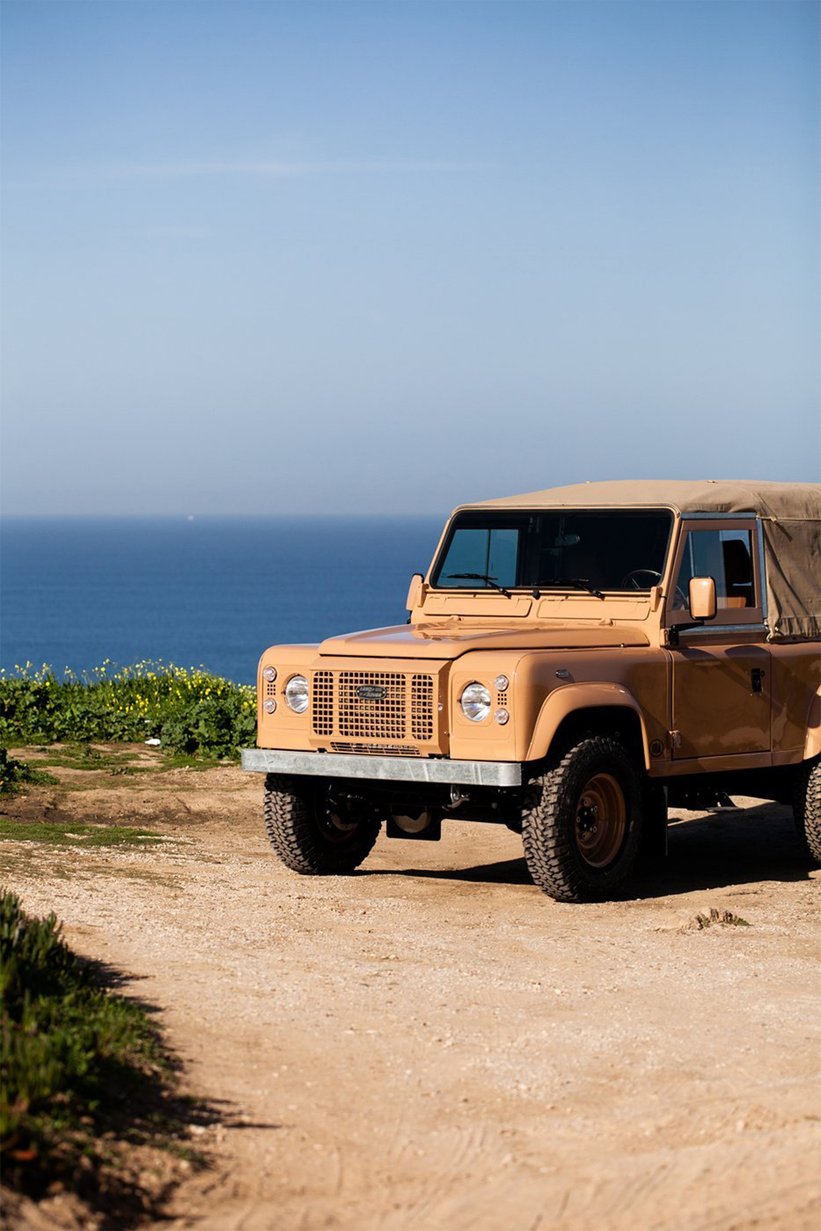
Sand Between Your Toes
If you’ve found yourself looking at variations of Land Rover’s legendary off-roader, you’ve got a decision to make. Although all were lovably boxy, deciding the overall look for the Defender can be among the hardest of choices. If a rugged, mud-loving, lifted style is more your look, this one might not be for you. This example is made specifically for the beach lovers, and even the colour is taken directly from the seaside.
Born in 2001, this Land Rover Defender 90 is equipped with the trusty Td5 engine mated to an original 5-speed gearbox and transfer case with the all-important centre locking differential. It was treated to a healthy restoration, and is now finished in Land Rover’s Sand paint, as well as a wealth of new parts for the chassis, suspension and engine. To make this Defender beach proof, it has been fitted with marine synthetic leather, in order to withstand salt, sun cream and sand!

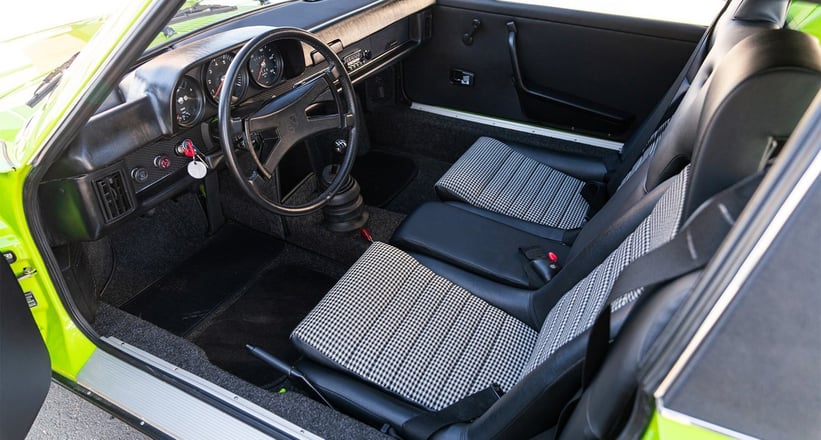

Ravenna Green Gloriousness
A car that saw a joint effort by Porsche and Volkswagen to create a new entry-level Porsche model, the 914 was once seen as a bit of an outsider by Porsche lovers. Perhaps it was its unusual, but so distinctly 1970s looks, perhaps it was its underpowered 1.7-litre four-cylinder engine. Whatever it was, it was only until the 914/6 appeared that this plucky little Porsche got the recognition it deserved.
This example, finished in a stunning shade known as Ravenna Green over a contrasting Black and Pepita interior, has been subject to a near $300,000 restoration, and might just be one of the best driving 914/6s around right now, according to Gooding & Company, anyway. The normal, punchy 2.0-litre six-cylinder boxer engine taken directly from the 911 T has been removed, instead making way for a mighty 3.2-litre flat-six, giving this low-slung sports car and entirely different personality, and an engine sound on par with even the finest of orchestras!
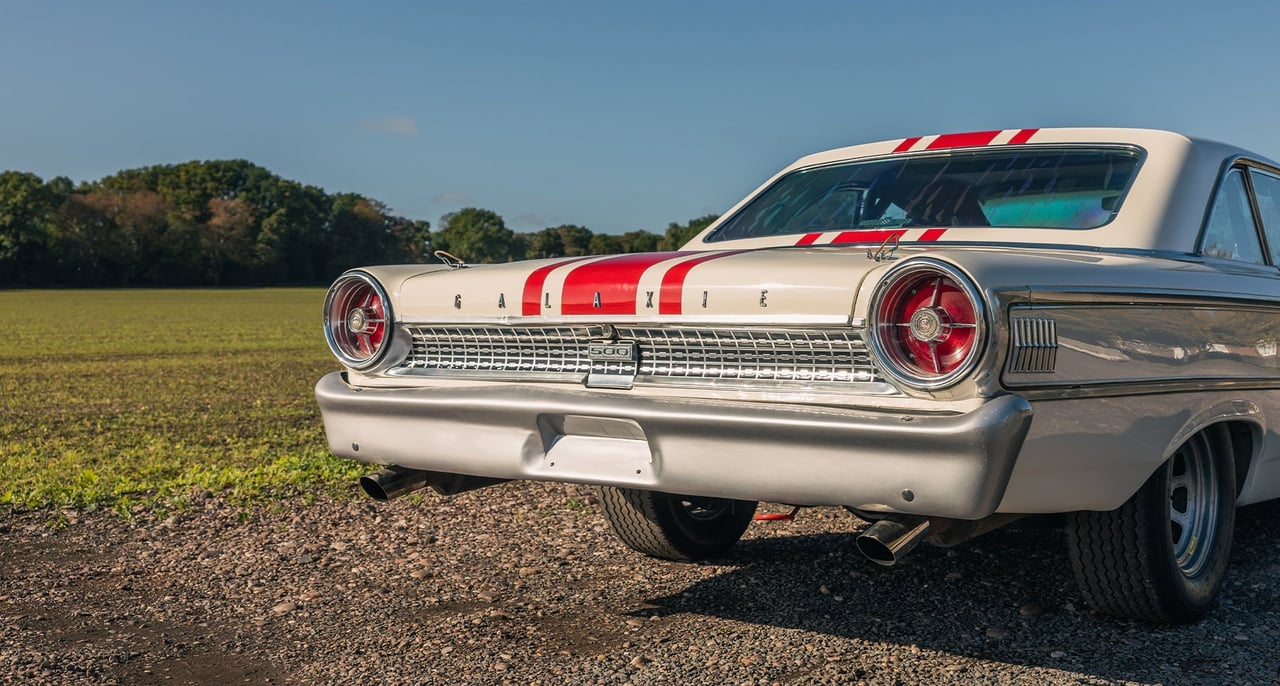
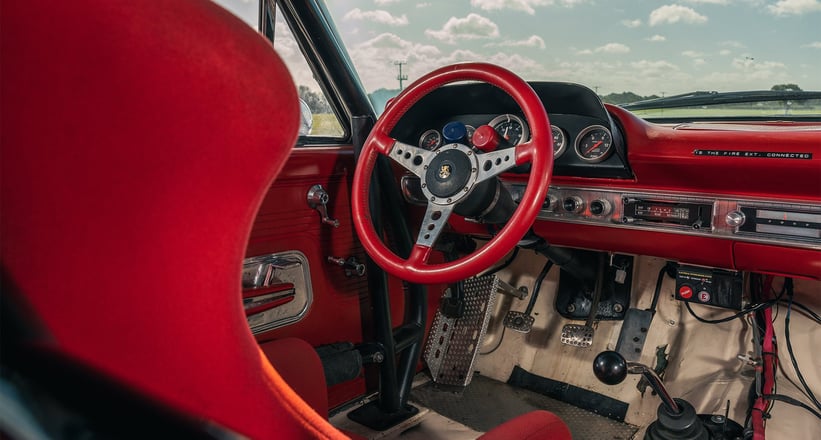
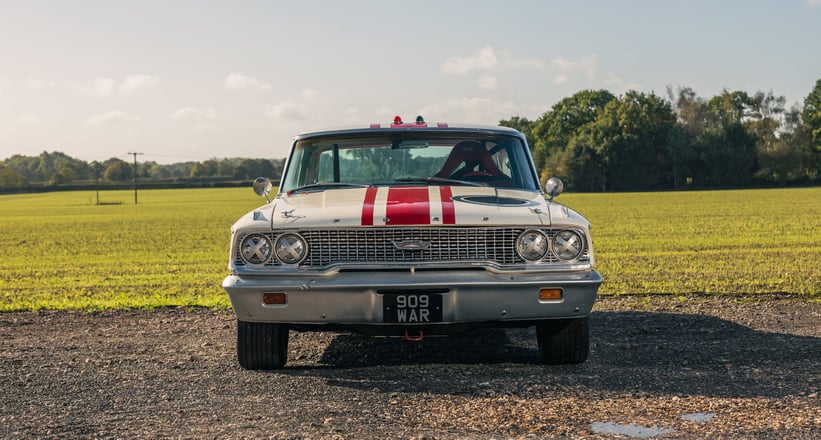
Revival Ready
If you’ve been lucky enough to find yourself standing track-side at the famed Goodwood Motor Circuit during a gorgeous September afternoon, you’ll know the kinds of machinery likely to blast past you. If not, we’ll give you a very, very quick rundown. The Goodwood Revival is the event to relive the golden era of motorsport and culture, where almost every one of the thousands of visitors who attend will arrive in period correct clothing, while the racing on track is anything but a procession.
One of the staples of the Revival weekend is the St Mary’s Trophy, an all-out battle of the ages between the Davids and Goliaths of the motoring world. While the plucky and plentiful Mini Cooper S can keep it pinned around almost every corner, the bulky beasts such as this 1963 Ford Galaxie have to remain patient in the turns, only to be rewarded along the straights. This now iconic example, built by Richard Butterfield and styled after Jack Sears’ 1963 BSCC championship-winning car, was one created for The Duke of Richmond himself, and is truly a piece of motorsport history!
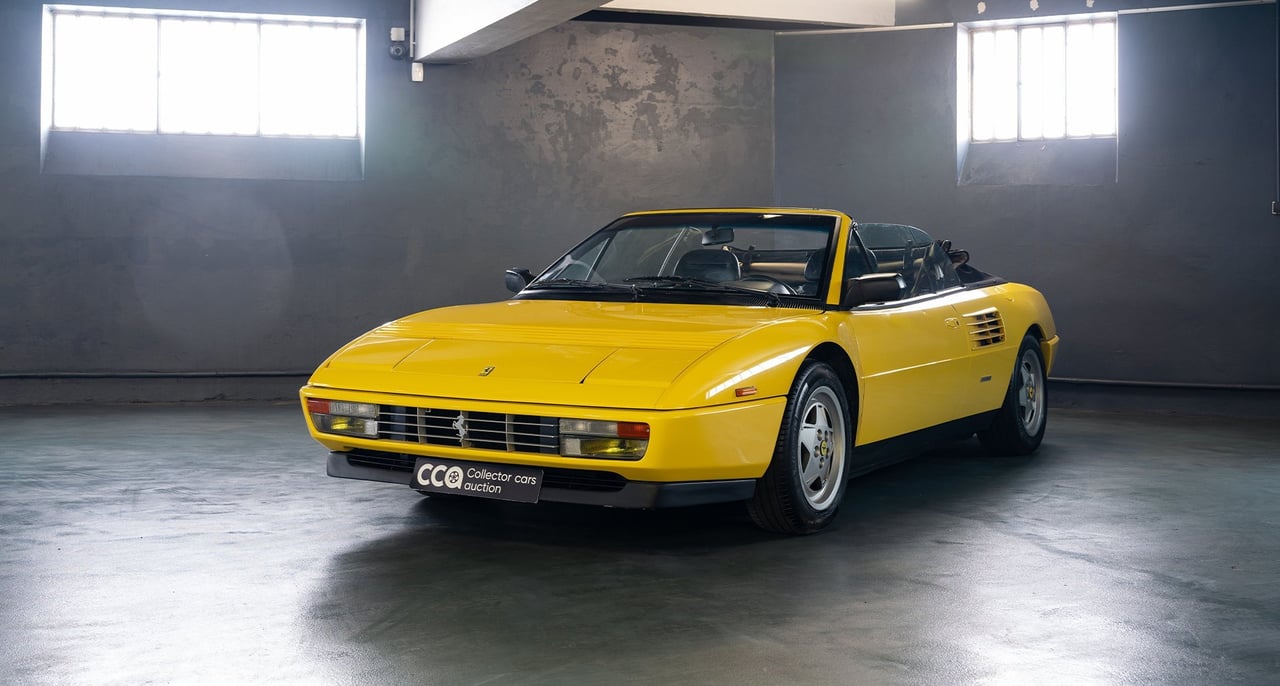
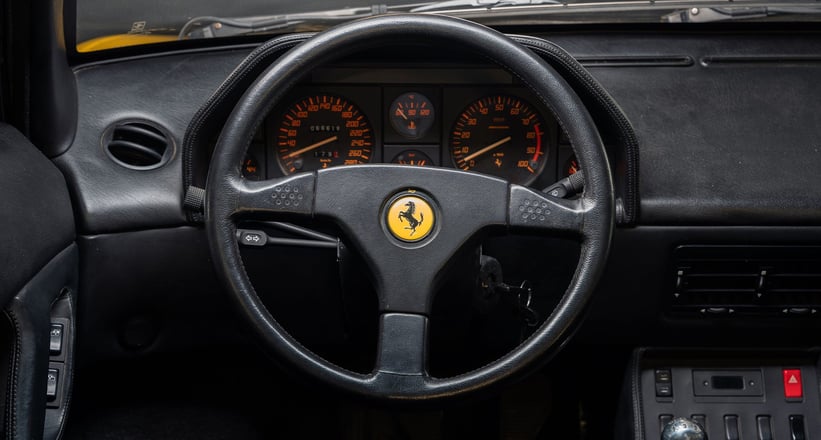
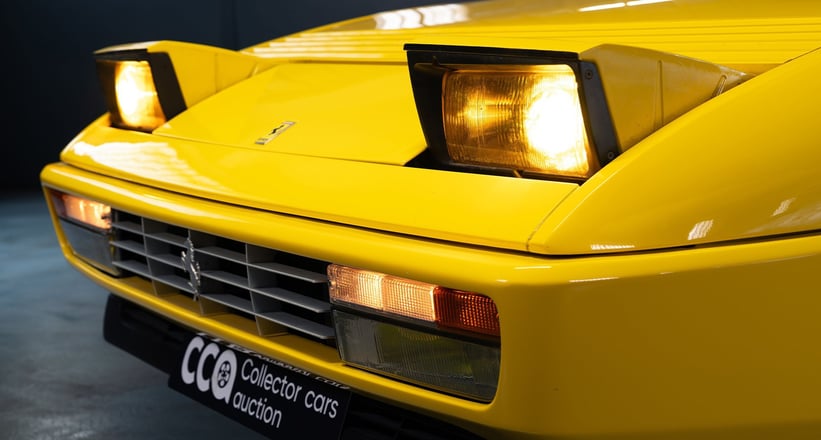
Misunderstood Mondial
Sure, it might not be the prettiest, it might not be the fastest, it might not be the rarest, but the Mondial still wears one of the greatest badges in the automotive weorld. As seemingly every pre-1995 sports car becomes more and more unattainable, the Ferrari Mondial might just be the biggest bargain on the Classic Driver Market right now. Powered by a rear-mounted, 3.4-litre V8 that produces just over 300 horsepower, mated to a wonderfully click-clacky manual gearbox, the sensation of driving a drop-top Prancing Horse is likely going to be unforgettable.
What’s more, the Mondial has more than enough space in the cabin to comfortably fit four, allowing you to effortlessly rack up the miles while soaking in the sunshine. A mere 1,010 are reported to exist of the more desirable convertible variant, making this Giallo Fly with Pelle Nera leather a fine example of what is a truly underrated future classic!


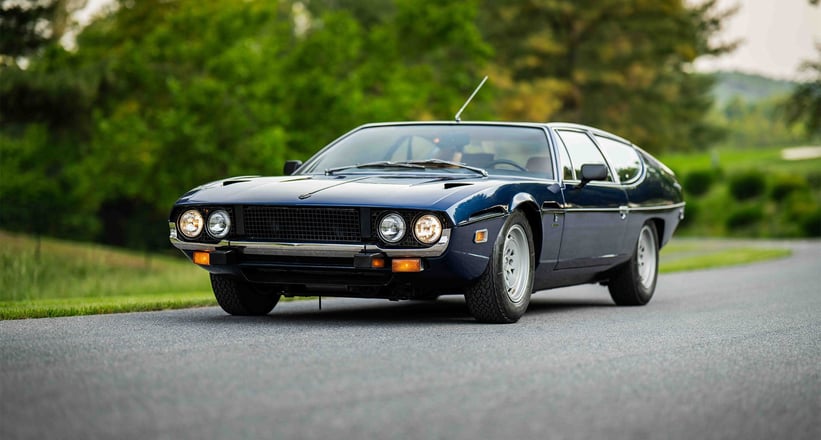
Cage the Bull
Iconic. Timeless. Handsome. And no, we’re not talking about the Hollywood actor Nicholas Cage who once owned this subtly-shaded grand tourer. The Lamborghini Espada bridged the gap in 1968 between the Islero and the mid-engined Miura. Despite being somewhat similar, the Espada and Islero both replaced the 400 GT 2+2, and boasted similar mechanical underpinnings, while from a design perspective, the Espada was certainly a more visually daring alternative to the relatively conservative and discrete Islero.
Over its decade long life span, the Espada cemented itself as one of the great GT cars, offering its occupants a journey filled with luxury, especially from the Series III models such as this one from 1973. It’s unusual, almost shooting brake-esk rear design allows four passengers to bask in its freshly restored leather interior, a space almost as stylish as its exterior!

















